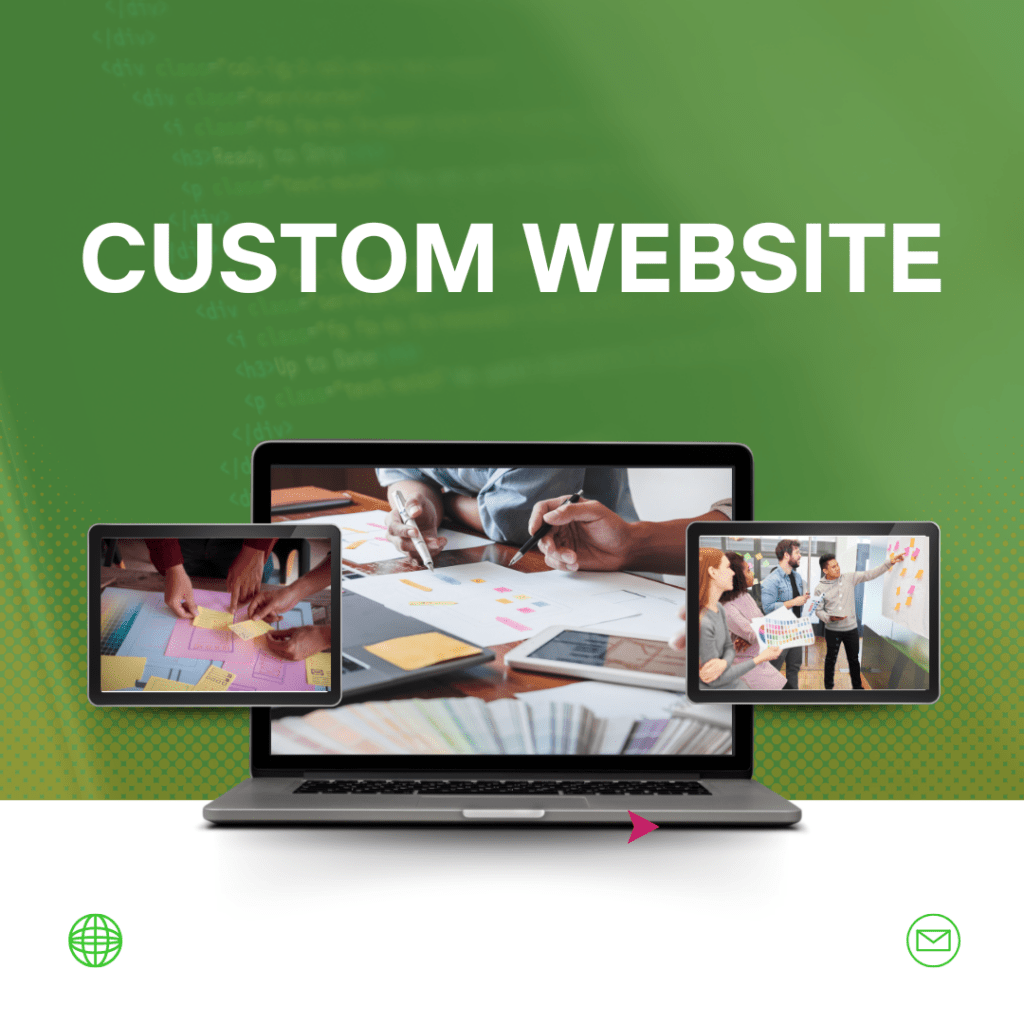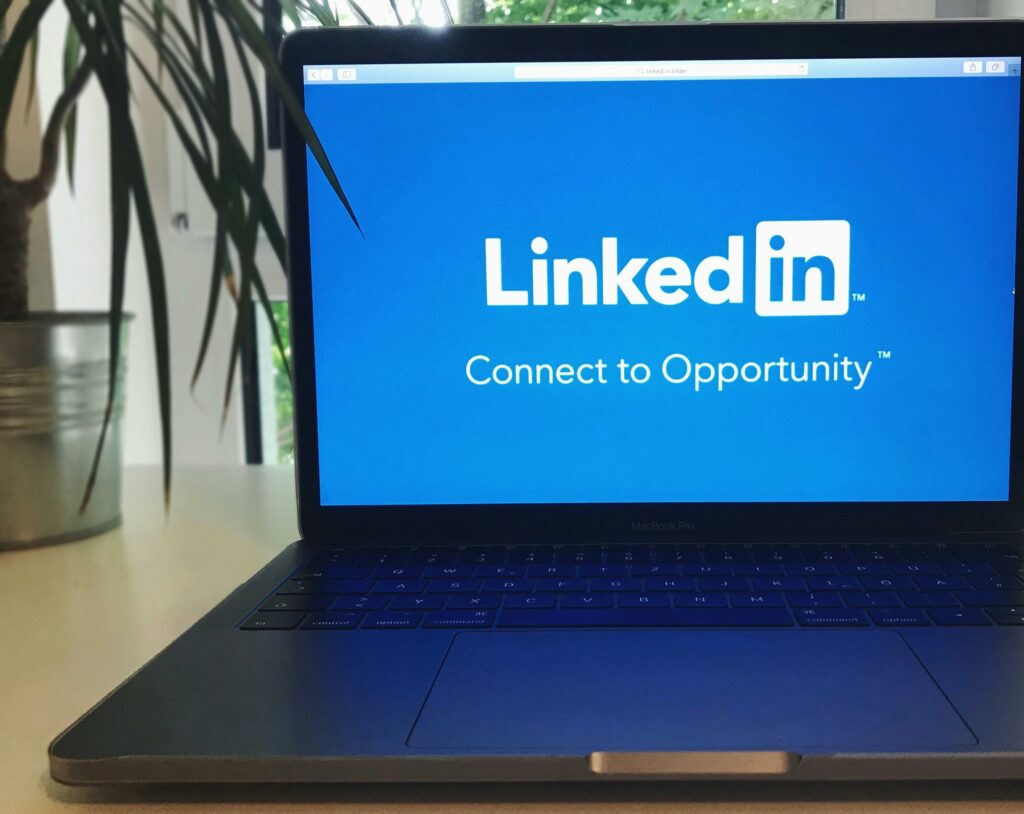Why Your Business Needs Custom Web Design Now
If your website doesn’t make a great impression, you could be losing out to competitors before you even get a chance to shine. That’s where custom web design comes in. Unlike generic templates, a custom website is built specifically for your business, ensuring it not only looks amazing but also delivers a seamless experience for your visitors. Think of it this way—your website is your digital handshake. A strong, professional, and tailored design can build trust, boost engagement, and drive real results for your business. Whether you’re looking to improve your online presence, enhance user experience, or outshine competitors, custom web design is the key to making it happen. What is Custom Web Design? Custom web design is the process of creating a website from scratch, tailored specifically to your brand, audience, and business goals. Unlike pre-made templates, which offer a one-size-fits-all solution, a custom website is uniquely crafted to reflect your brand’s personality, values, and vision. So, what does this actually look like? Imagine a website that not only looks stunning but also functions perfectly for your needs—whether that’s showcasing your portfolio, selling products online, or generating leads. Every element, from the layout and color scheme to the navigation and features, is carefully designed with your target audience in mind. This level of personalization ensures your website stands out in a crowded digital space while delivering an exceptional user experience. Why Custom Web Design is Essential for Businesses In a world where your website often serves as the first point of contact with potential customers, making a great impression is non-negotiable. That’s why custom web design isn’t just a luxury—it’s a necessity for businesses that want to thrive in today’s digital-first economy. Here’s the deal: generic, template-based websites might save you time and money upfront, but they rarely deliver the results your business needs to grow. A custom website, on the other hand, is designed with your specific goals in mind, whether that’s increasing sales, generating leads, or building brand loyalty. It’s not just about looking good (though that’s important too!); it’s about creating a seamless, intuitive experience that keeps visitors engaged and coming back for more. Think about it—your website is your 24/7 salesperson, brand ambassador, and customer service representative all rolled into one. If it doesn’t reflect your brand’s uniqueness or meet the needs of your audience, you’re leaving money on the table. Custom web design ensures your website is as dynamic, professional, and results-driven as your business. Key Benefits of Custom Web Design When it comes to building a website that truly works for your business, custom web design offers a host of advantages that generic templates simply can’t match. Here are some of the top benefits that make investing in a custom website a smart move for your business: 1. Unique Brand Identity Your brand is one-of-a-kind, and your website should be too. With custom web design, every element—from the layout and color scheme to the typography and imagery—is tailored to reflect your brand’s personality and values. This level of customization helps you stand out in a crowded market and leaves a lasting impression on your visitors. 2. Improved User Experience (UX) A great website isn’t just about looking good—it’s about functioning seamlessly. Custom web design ensures your site is intuitive, easy to navigate, and optimized for your target audience. Whether it’s faster load times, mobile responsiveness, or clear calls-to-action, a custom-built website delivers a smooth, enjoyable experience that keeps visitors engaged. 3. Better SEO Performance Search engine optimization (SEO) is crucial for driving organic traffic to your site, and custom web design gives you a head start. Custom websites are built with clean, optimized code and structured to meet SEO best practices, helping you rank higher on search engines like Google. Plus, you can easily integrate features like meta tags, alt text, and responsive design to boost your visibility even further. 4. Scalability and Flexibility As your business grows, your website needs to grow with it. Unlike rigid templates, a custom website is designed with scalability in mind, allowing you to add new features, pages, or functionalities as needed. Whether you’re launching a new product or expanding your services, a custom site adapts to your evolving needs. 5. Enhanced Security Security is a top priority for any business with an online presence. Custom web design allows developers to implement robust security measures tailored to your site’s specific needs, reducing the risk of hacks, data breaches, and other cyber threats. 6. Higher Conversion Rates At the end of the day, your website should drive results. A custom website is designed with your business goals in mind, whether that’s generating leads, increasing sales, or boosting sign-ups. By creating a site that’s optimized for conversions, you’ll see a stronger return on your investment. In short, custom web design isn’t just about creating a pretty website—it’s about building a powerful tool that helps your business grow. From improving user experience to boosting SEO performance and beyond, the benefits of a custom website are clear. Ready to take your online presence to the next level? Custom Web Design vs. Template-Based Design When it comes to building a website, one of the biggest decisions you’ll face is whether to go with custom web design or a template-based design. While both options have their place, understanding the key differences can help you make the best choice for your business. Let’s break it down: 1. Uniqueness and Brand Identity 2. Flexibility and Functionality 3. User Experience (UX) 4. SEO Performance 5. Cost and Time 6. Scalability Which One is Right for You? The choice between custom web design and template-based design ultimately depends on your business goals, budget, and timeline. If you’re looking for a unique, high-performing website that delivers long-term value, custom web design is the way to go. But if you need a quick, low-cost solution for a simple site, a template might suffice—at least for the short term. How Custom Web Design Drives Business Growth A generic, template-based site might get the job done, but a custom web design takes your business to the next level. Here’s how: 1. Creates a Strong First Impression Your website is often the first interaction potential customers have with your brand. A custom website ensures that first impression





